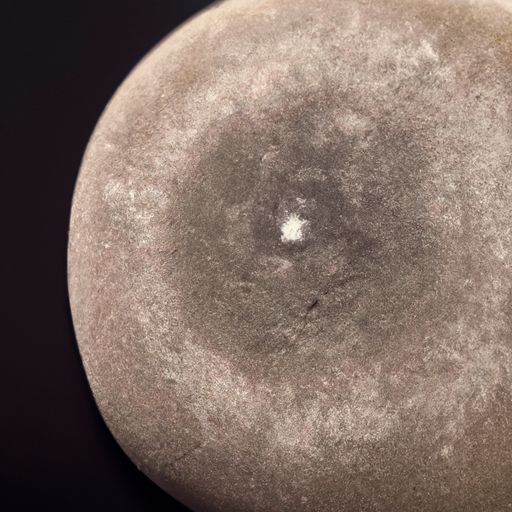Have you ever experienced itchy, red, raised tracks on your skin? Perhaps you’ve also felt a burning sensation, noticed blisters, inflammation, or swelling. If so, you may be suffering from a condition known as Cutaneous Larva Migrans. This article will provide valuable insights into this disease, its causes, symptoms, and potential treatments.
Understanding Cutaneous Larva Migrans
Cutaneous Larva Migrans, also known as creeping eruption, is a skin infection caused by hookworm larvae. These larvae are commonly found in the feces of infected animals, such as dogs and cats. When the larvae come into contact with human skin, they can penetrate the outer layer and cause an infection.
The infection typically begins with the larvae burrowing into the skin, creating itchy, red, raised tracks. These tracks may resemble winding tunnels, hence the name “creeping eruption.” As the infection progresses, individuals may experience a burning sensation, blisters, inflammation, and swelling.
Causes and Risk Factors
The primary cause of Cutaneous Larva Migrans is the penetration of hookworm larvae into the skin. This can occur when individuals come into contact with contaminated soil or sand, particularly in warm and tropical regions. Walking barefoot or sitting on the ground in these areas increases the risk of infection.
Individuals who have close contact with infected animals, such as pet owners or veterinary workers, are also at a higher risk of contracting Cutaneous Larva Migrans. Additionally, poor sanitation and hygiene practices can contribute to the spread of the disease.
Symptoms and Diagnosis
The most common symptom of Cutaneous Larva Migrans is the appearance of itchy, red, raised tracks on the skin. These tracks may be accompanied by a burning sensation, blisters, inflammation, and swelling. The infection typically occurs on the feet, hands, buttocks, or other areas of the body that come into direct contact with contaminated soil or sand.
Diagnosing Cutaneous Larva Migrans usually involves a physical examination and a review of the individual’s medical history. In some cases, a skin biopsy may be necessary to confirm the presence of hookworm larvae.
Treatment and Prevention
Fortunately, Cutaneous Larva Migrans can be treated effectively. The primary goal of treatment is to eliminate the infection and relieve symptoms. Common treatment options include:
- Topical creams or ointments: These can help reduce itching and inflammation.
- Oral medications: In more severe cases, oral medications may be prescribed to kill the larvae and alleviate symptoms.
It is important to consult a healthcare professional for an accurate diagnosis and appropriate treatment plan. Self-diagnosis and self-medication can lead to ineffective treatment and potential complications.
Preventing Cutaneous Larva Migrans involves taking certain precautions, especially in areas where the disease is prevalent. Here are some tips to reduce the risk of infection:
- Avoid walking barefoot in areas with contaminated soil or sand.
- Wear protective footwear, such as closed-toe shoes or sandals, when in high-risk environments.
- Practice good hygiene, including regular handwashing and proper disposal of animal waste.
- Keep pets clean and regularly dewormed to prevent the spread of hookworm larvae.
Conclusion
Cutaneous Larva Migrans can be an uncomfortable and distressing condition, but with proper diagnosis and treatment, it can be effectively managed. By understanding the causes, symptoms, and treatment options, individuals can take necessary precautions to prevent infection and seek appropriate medical care if needed. Remember to prioritize hygiene and avoid walking barefoot in high-risk areas to reduce the risk of contracting this skin infection.








